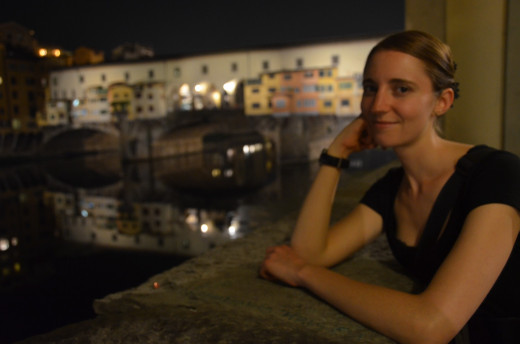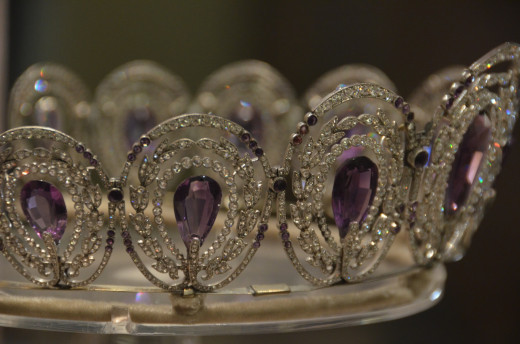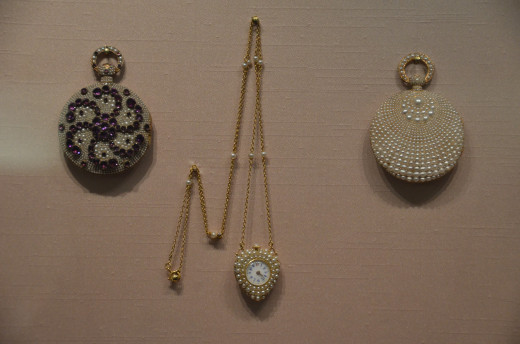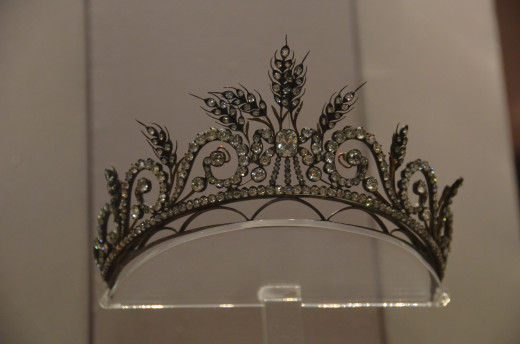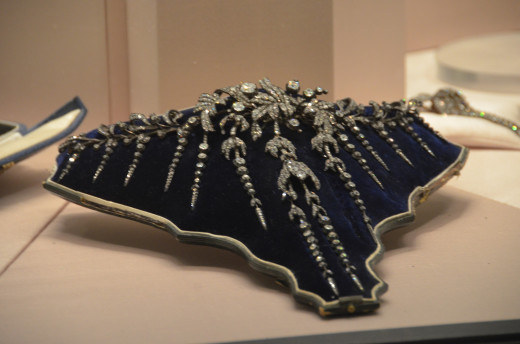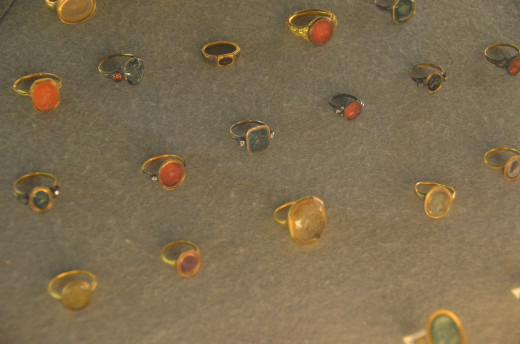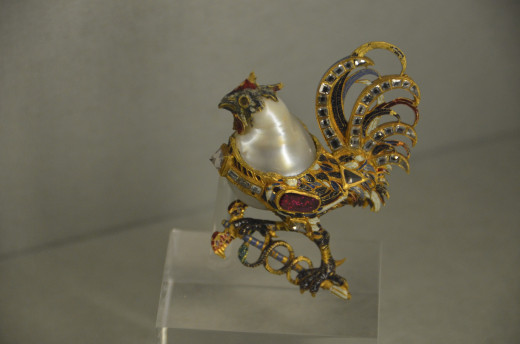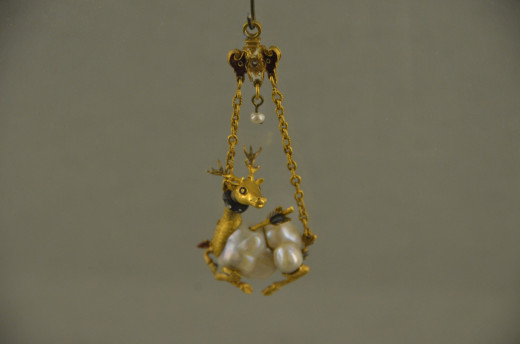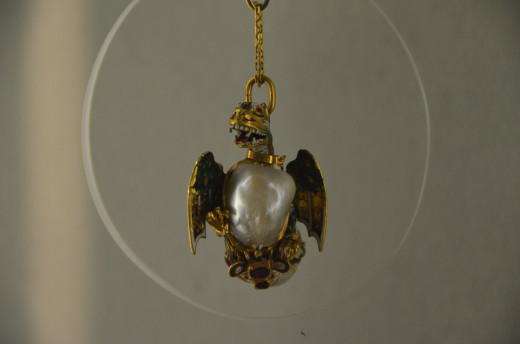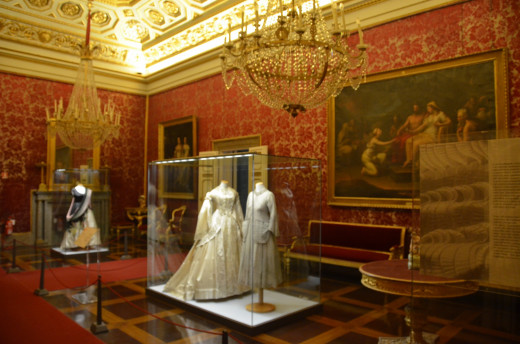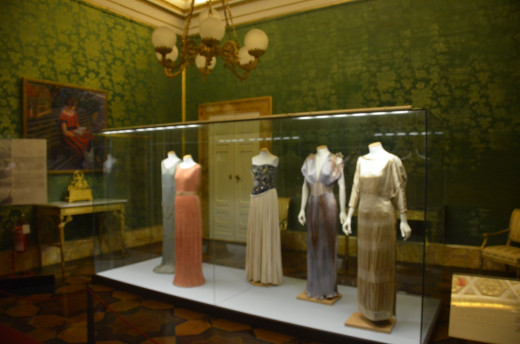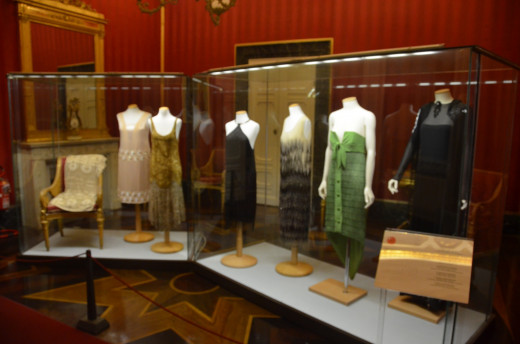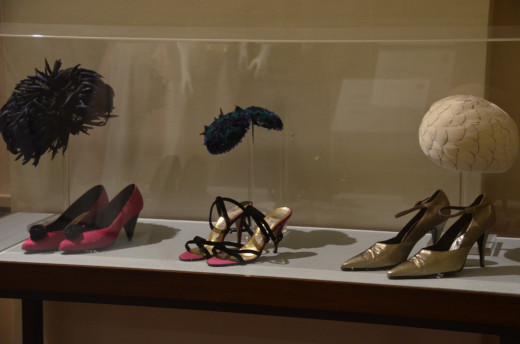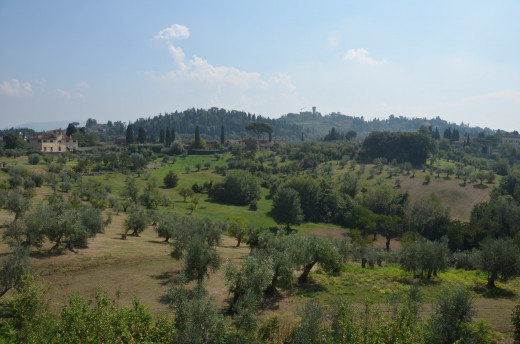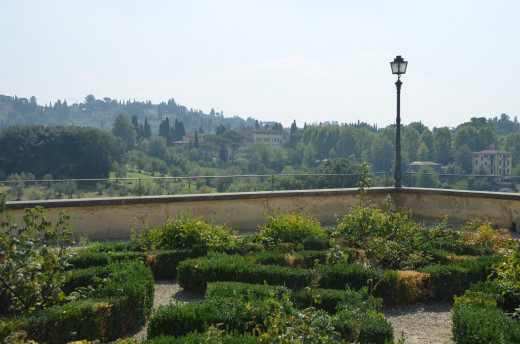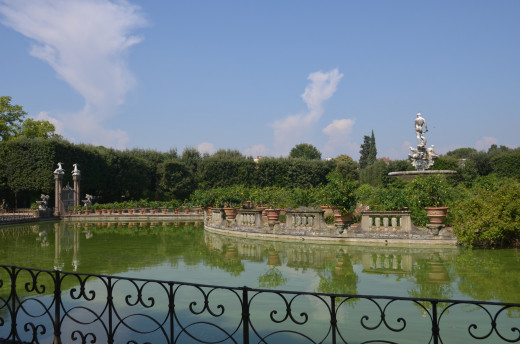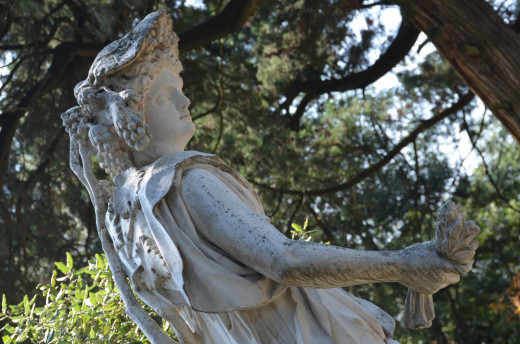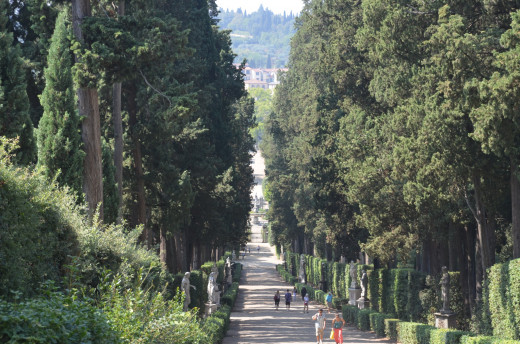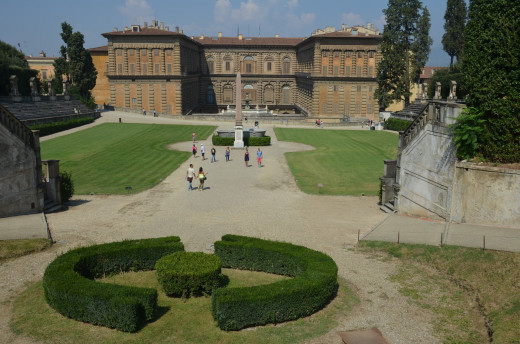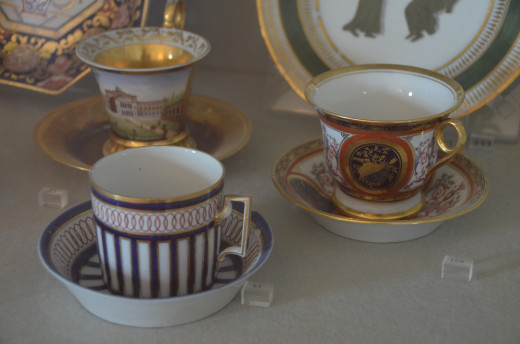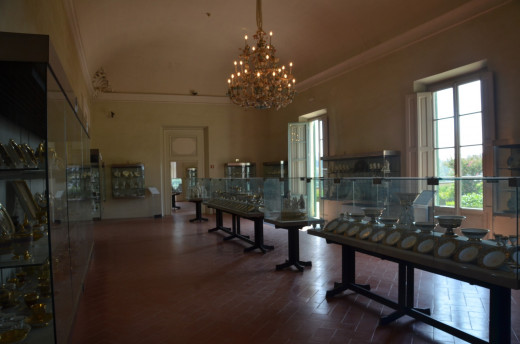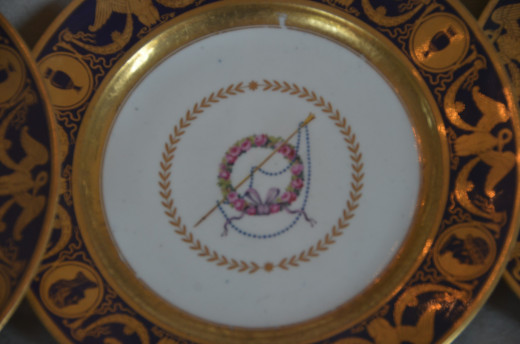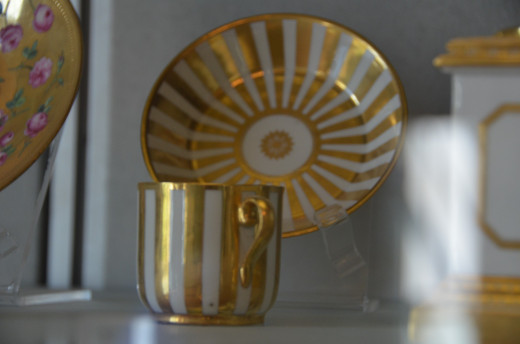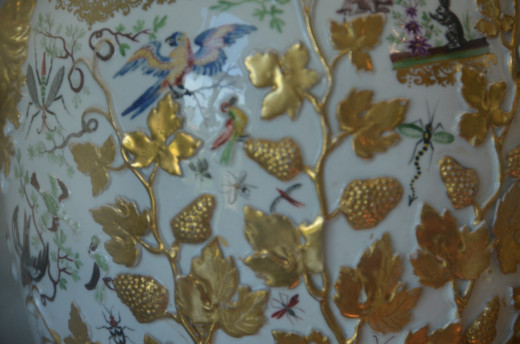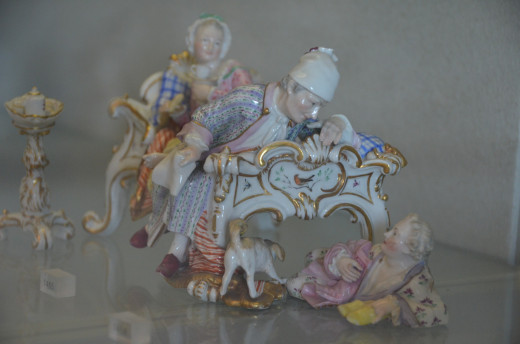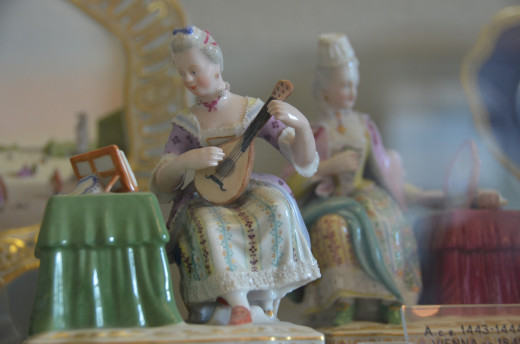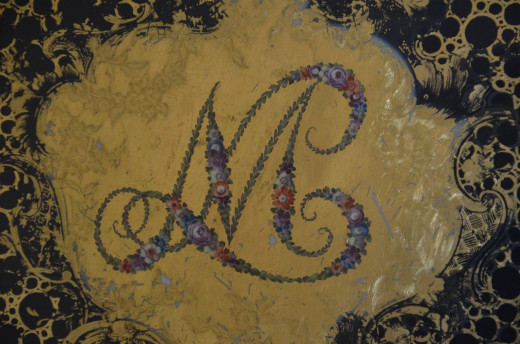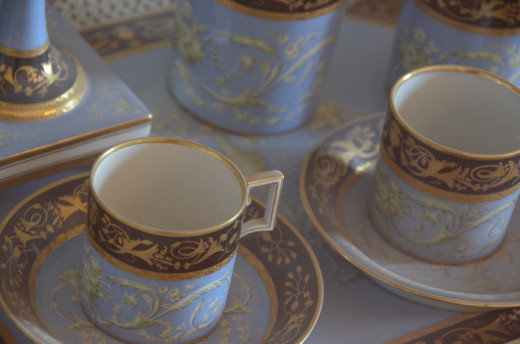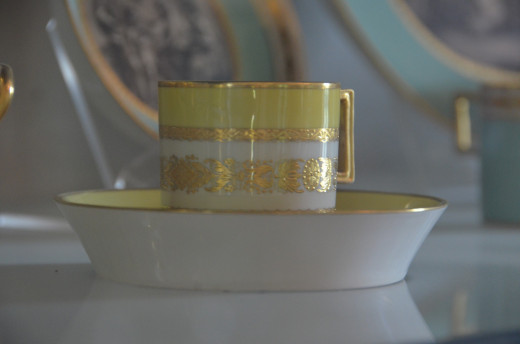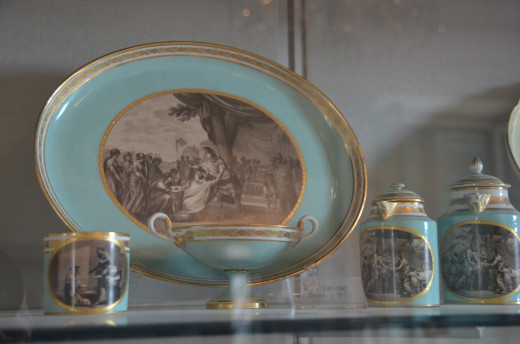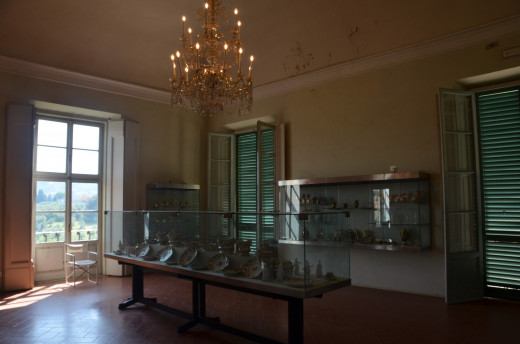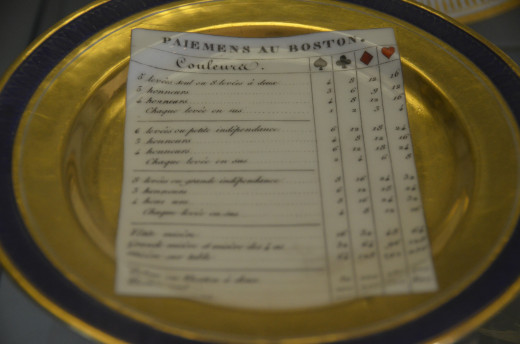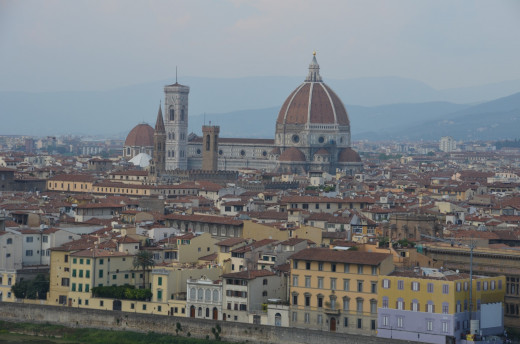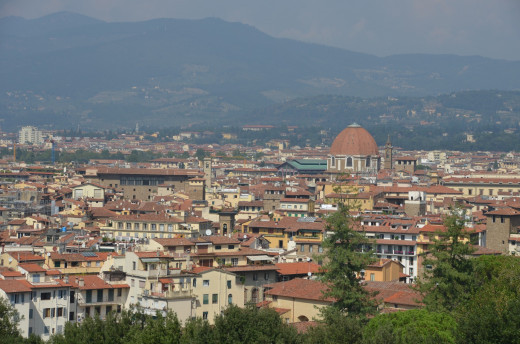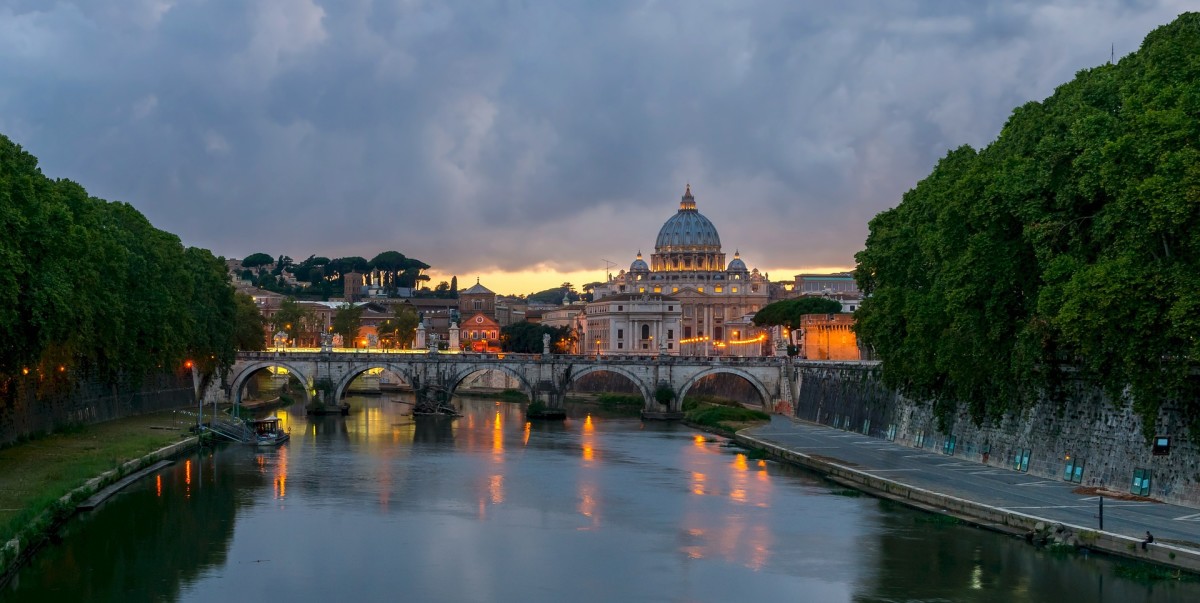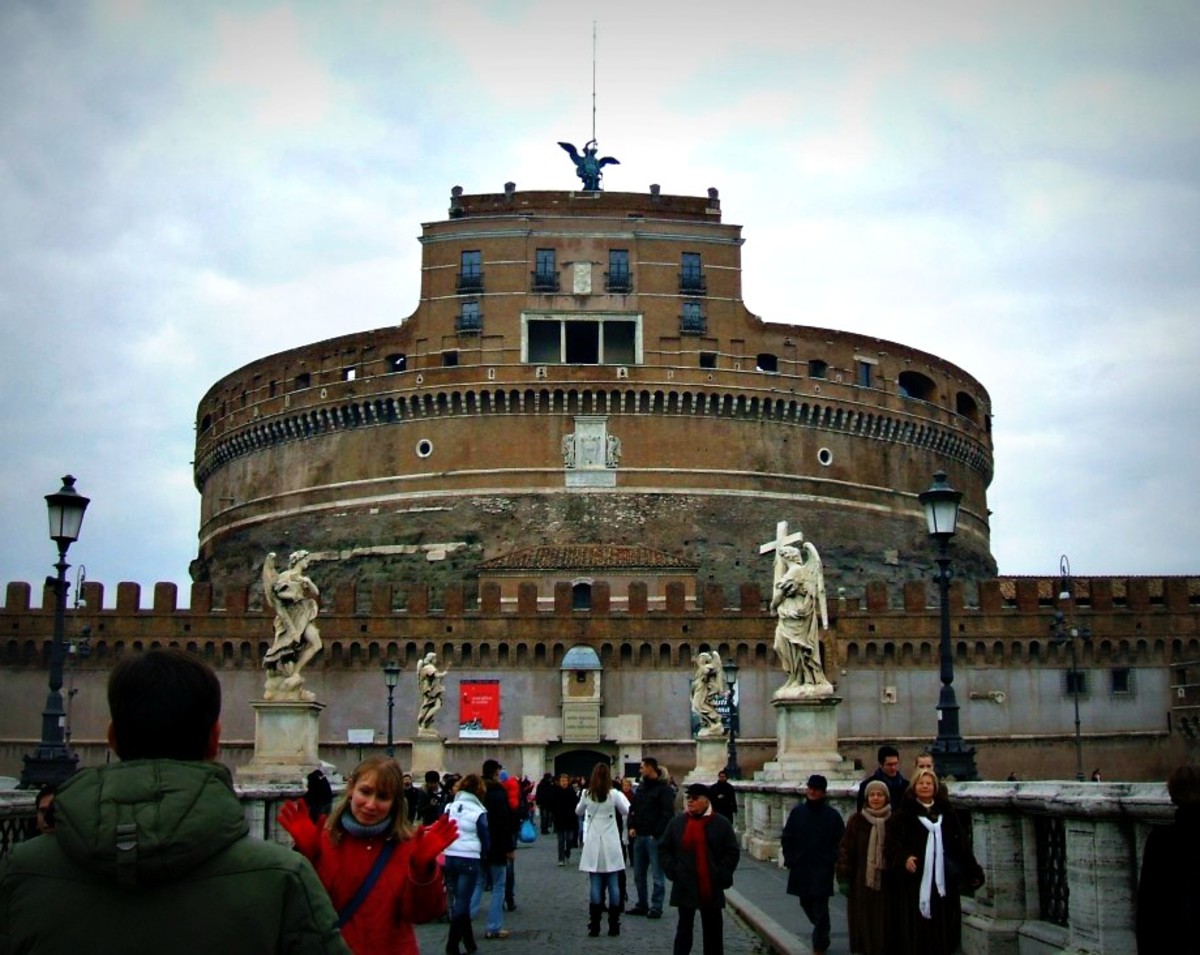Things to See in Florence
Of all the cities I have visited in Italy, Florence is my favorite. The city is small, steeped in history, beautiful, romantic, walkable, safe, friendly, and surrounded by a stunning, picturesque countryside.
While I spent only two days in Florence, I was able to see everything I wanted to see- and then some! The sights I most recommend are:
- Pitti Palace (a stunning palace complex and gardens made famous by the Medici family),
- The Uffizi (one of the world's oldest art galleries)
- The Academia (famous for hosting Michelangelo's David)
- Florence's cobblestone-lined shopping streets
- The Piazza della Signoria
- Il Duomo (Florence's de facto landmark)
- The Ponte Vecchio (a very old and very fascinating bridge)
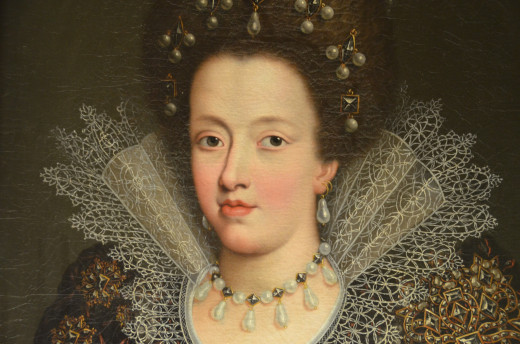
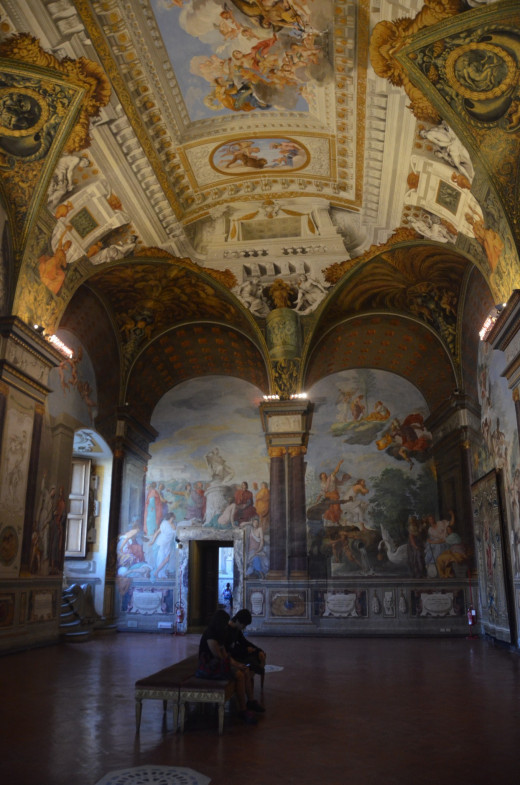
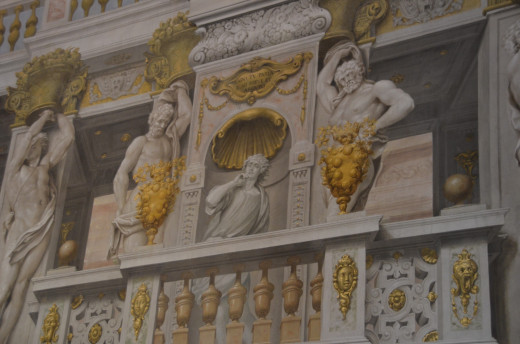
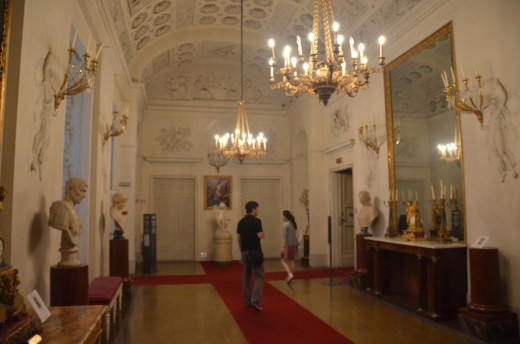

Pitti Palace
The first thing I visited in Florence was Pitti Palace, a sprawling, fortress-like palace first built (or at least commissioned) in 1458 by Luca Pitti, a wealthy Florintian banker.
Located across the Arno from the city center, Pitti Palace feels far away while also being just a couple minutes from all the other major sites in Florence.
Impressive enough on its own, Pitti Palace is particularly notable because of the family that made it famous. In 1549, Eleonora di Toledo, the wife of Cosimo I de' Medici, purchased the palace when she realized that the Palazzo Vecchio (the main governmental building/palace in Florence) was just not going to suit the needs of her large and fancy family. In addition to wanting a larger palace to live in, Elenora wanted to avail herself of the beautiful Boboli Gardens the palace has to offer, which are indeed great for travelers who love a good hillside walk!
Pitti Palace is so large, it houses several different museums, including a porcelain museum, a costume gallery, a carriages museum, a silver museum, a gallery of modern art, the Palatine Gallery, royal apartments, a museum of treasures, and a gallery of modern art.
When I visited Pitti Palace, not all of these museums were open, but I did visit the costume museum, the porcelain museum, and the museum of treasures.
Museum of Treasures
The first museum I visited within the palace housed treasures that had been collected by the Medici family. The museum's collections were housed and above the palace's main antechamber and audience room, and included everything from jewel-encrusted ebony cabinets to religious religious relics, figurines, gold chalices, crystal serving plates and goblets, precious stones, jewelry, miniatures, and yes- tiaras.
In addition to being positively star struck by the artistry of these treasures (there was, for example, an extensive collection just of misshapen pearls that resembled body parts, figures, faces, and animals that had been combined with gold casings and other precious stones to create little figurines unlike anything I had ever seen), I was dumbfounded by the sheer volume of items within this museum.
The Medici family- just one family- had more wealth than I can even fathom flowing through the entire world. I find it immensely difficult to comprehend what it would be like to have so much money.
Museum of Treasures Highlights
Click thumbnail to view full-size











Costume Gallery
The costume museum houses a wide variety of clothing from the 1500s to the 1990s.
The main collections were grouped in such a way as to make a statement about fashion and society- how silhouettes become simpler during tumultuous and uncertain times, for example, and how full skirts and exaggerated features tend to crop up in times of growth and excess.
There were, however, special collections. Though I had absolutely no interest in an exhibit focusing on Native American apparel, I was quite drawn to an exhibit showcasing the clothing that Cosimo I de Medici, his wife Leonira of Toledo, and one of their sons (who died at age 15) were buried in.
To my knowledge, I had never seen actual clothing from the 1500s before- it simply turns to dust by that point- but because these garments had been uninterrupted for so long, and because they were so carefully restored, we could actually see the originals.
One particularly interesting detail about these garments is that they were clothes the Medicis wore on a regular basis- not special funerary garments. Those restoring the clothing knew this by finding spots where the fabric had been patched and repaired.
It was a bit morbid, looking at clothing that had been essentially stolen from graves... But... In this case, the morbidity was not enough to keep me away!
One of the most satisfying aspects of my time spent in the costume museum (aside from the opportunity to gaze upon beautiful garments and walk through sumptuous palace rooms) was the validation of my basic historical sartorial knowledge.
Before looking at the description of each dress on display (as each case typically held garments ranging from 1700 to 1999), I would guess the year the dress was made- and found that I was consistently accurate within two years. When you go, I challenge you to test your sartorial accuracy as well!
The Boboli Gardens at Pitti Palace
Click thumbnail to view full-size





The Porcelain Museum at Pitti Palace
Click thumbnail to view full-size












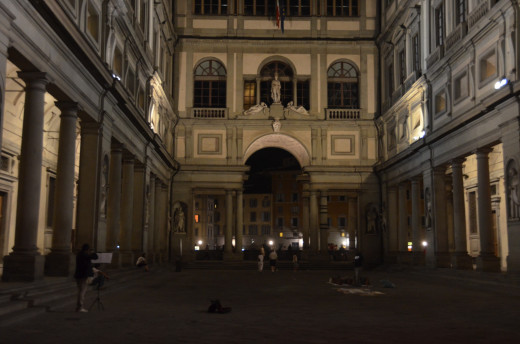
I give the Uffizi Five Stars! It's a must-see Florence museum.
The Uffizi
The Uffizi is the number one must-see museum in Florence. One of the oldest art museums in the Western World, the Uffizi was built by Cosimo I, the Grand Duke of Tuscany (husband of my heroine, Eleonora di Toledo) to house his family's impressive art collection (and show off their amazing power and wealth).
The Uffizi, of course, was not always an art gallery. The palace's construction began in 1560 as the offices for Floentine magistrates (which is why the Uffizi has its name- "uffizi" means "offices").
Just being inside the Uffizi is a privilege. It is incredible to contemplate the vast wealth and influence of the Medicis as demonstrated through their art collection. It is also mind boggling to walk down the same halls and through the same rooms in which people from all around the world have been admiring pieces from the Medici collection for hundreds of years.
Of course, the art itself is the real attraction. The vast majority of the Uffizi's pieces (at least the paintings) are religious in nature. When I visited, I spent a lot of time contemplating the serene and resolved face of the Virgin Mary, and wondering about the impact her prominent artistic position has had on women within society.
If you're a fan of art, you will of course be transfixed by Botticelli's paintings- not just Spring and the Birth of Venus (which I spent quite some time sitting in front of), but also his earlier works. It is particularly fascinating to observe the evolution of faces as he perfected his skill. Though one can see their basic style enduring through the ages, his later faces have an element of intelligence, spark, life, and mystery in them that makes them positively mesmerizing.
Must-See Sights in Florence
Home of Michelangelo's David- and a host of other pleasant surprises!
One of the world's oldest and most famous art museums.
Florence's picturesque cathedral.
The fabulous residence of Cosimo I de' Medici and his fabulous wife, Eleonora di Toledo
Home to the Palazzo Vecchio and some world-famous statues.
The Academia
The Academia is probably the second most famous museum in Florence. Though I expected little from the Academia, which I had only known to visit because it houses Michelangelo's David, I was pleasantly surprised.
One pleasant surprise is that this museum houses an exhibition showcasing some of Ferdinand de Medici's collection of musical instruments. Most of them were Baroque, though there were some older pieces, too. One prized piece of the collection is a dulcimer made with three different colors of marble (and can actually be played!).
As I wandered through the museum, beautiful harpsichord music floated through the air. While I thought it was a recording, I realized upon reaching the end of the hall that a woman was actually practicing on one of several museum pieces displayed in an adjoining room.
As I love harpsichord music so much, and I have never had an opportunity to see someone play a period harpsichord for a prolonged period of time, I ended up watching her for close to 45 minutes. It was delightful to see such a talented musician at work- and to see what practice sessions are like as well!
Long story short, I STRONGLY recommend that you check out the musical instrument wing of the Academia!
You'll also love seeing Michelangelo's David, of course.
Honestly, the statue was far more inspiring than I expected it to be. David's expression of confident, firm resolve; his posture, his tense muscles, plus the general story of a shepherd who, without armor and experience, used the one weapon he know how to use to defeat an armored giant, all come together to form a large dollop of enthusiasm and courage than falls upon anyone who takes a moment to actually contemplate the work (I can say with disappointed confidence that most visiting the museum did not give the piece much thought).
Connected to the hall where David stands is another pleasant surprise: the recreation of a famous late 18th century sculptor's workshop. This sculptor was apparently a well known Florentinian artist who lived from around 1770 to 1860 and created busts for every notable foreign visitor who stopped by Florence on his or her world tour. His dedicated hall features plaster copies of marble statues and busts he created (most of which exist at known spots throughout the world), which, as I understand it, were used to create additional bronze statues or marble copies.
As many of the commissioners were English, and as this artist was working at the height of the Regency Era (he actually got famous after doing several busts for Napoleon's family), there were loads of busts of personages from one of my favorite times and places in history. As the casts were lined up along long shelves along the high walls, I felt as though I were looking at some strange three dimensional yearbook of Jane Austen characters. It was marvelous.
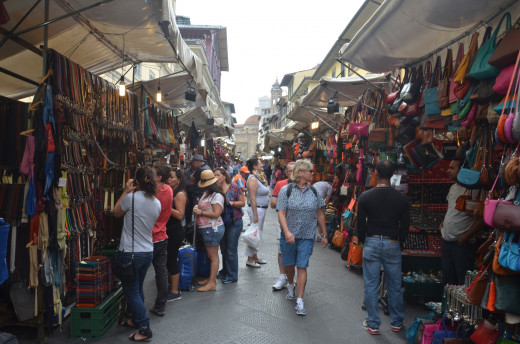
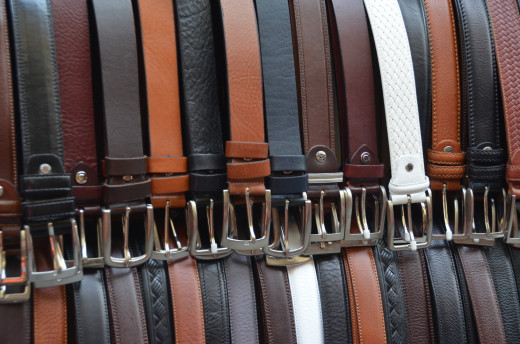
Shopping Streets in Florence
While I did not really think of Florence as a 'shopping' city, it does have some excellent shopping streets and seems to be great for cheap leather goods and expensive jewelry.
As I'm a gal with a smaller budget, I stuck to the leather goods end of the spectrum, and was really happy with the two purses I bought- both for around $25.
When shopping on Florence's streets, I highly recommend haggling.
My best haggling tips:
- Carry little cash
- Care little about the things you might purchase
- Wear skimpy clothing
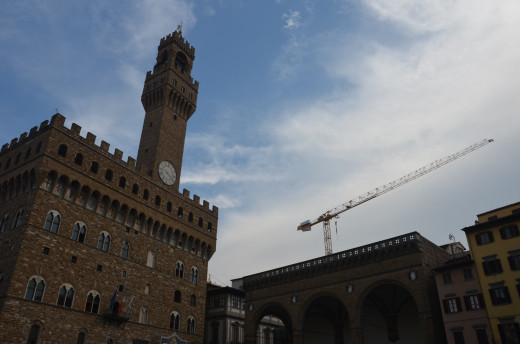
Piazza della Signoria
The Piazza della Signoria is the most famous piazza in Florence. In addition to playing host to quite a few famous and impressive statues, the Piazza della Signoria is where one will find the Palazzo Vecchio, which was Florence's primary governmental building.
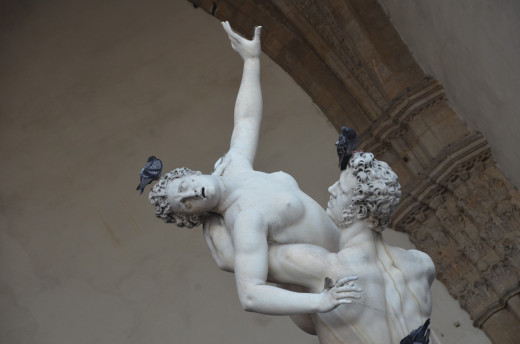


Il Duomo
Il Duomo is Florence's de facto icon- it seems to show up in the vast majority of post cards and keychains featuring the city, and it certainly is impressive.
Also known as the Basilica di Santa Maria del Fiore, construction for this amazing church first began in 1296. It was structurally completed in 1436, and is famous for its large dome, which was engineered by Filippo Brunelleschi.
Alas, because I dress like a strumpet (in other words, because my knees were exposed), I could not tour the inside of the Duomo (traveler's note: wear clothing that covers your shoulders and legs if you'd like to enter a cathedral!), but seeing the outside was inspiring enough for me!
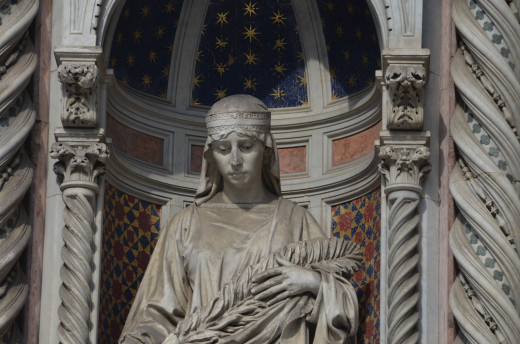
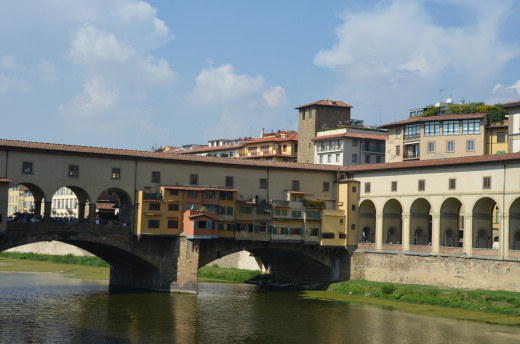
Ponte Vecchio
One of my favorite spots in Florence is the Ponte Vecchio, a bridge essentially connecting Pitti Palace to the Piazza della Signoria. As this bridge spans one of the narrowest portions of the Arno river, there have been bridges in this spot since ancient Roman times, but the present bridge was build in Medieval times.
Since Medieval times (or possibly earlier!), the bridge has housed shops. These days, some of the city's most expensive jewelry can be purchased in the stores overlooking the river, but the bridge initially played host to butchers!
Fun fact about the bridge: word has it that the concept of bankruptcy was invented there! Back in the day, merchants who couldn't pay their debts would have their tables (their "bancos") broken ("rotto") by soldiers, who called the practice "bancorotto". Ta-da! Bankruptcy!
Want to keep the tradition alive? Buy something from one of the jewelry shops on that bridge? Just one of those dang necklaces would be enough to put me in the red.
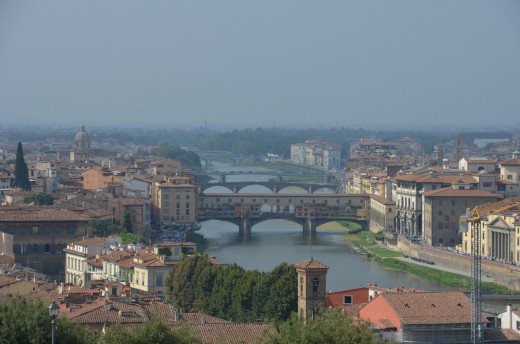
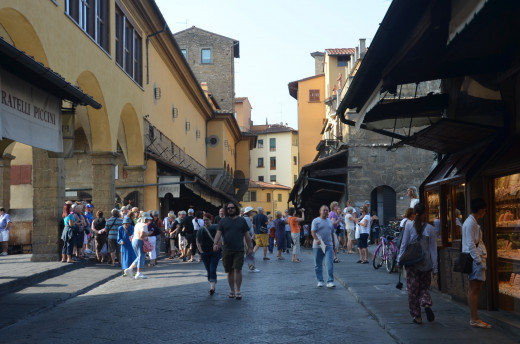
Museum Tickets in Florence
Florence is famous for its museums, so it should come as no surprise that nearly everyone visiting the city wants to go to as many as possible- or at least the two big ones: the Uffizi (which houses the most famous pieces of the city) and the Academia (mostly visited by those wishing to see Michelangelo's David).
What happens when a large number of people want to visit a museum? Lines form. Long, long lines. When I visited
The best way to avoid the worst lines is to book tickets in advance. While it is possible to purchase tickets to the major Florentine museums online, I found the purchase interface to be slow and impossible. The easiest way to go is to ask one's hotel concierge to book one's tickets on his or her behalf.
Museum tickets in Florence that have been purchased ahead of time come in the form of vouchers for specific time slots that must be picked up in a special office and exchanged for physical tickets used for museum entry. Are there lines involved in this little maneuver? Yes. Are the lines shorter? Absolutely.
When I visited the Uffizi and the Academia, I was immensely happy to have had my tickets reserved ahead of time by my hotel's concierge. Getting into the Uffizi first thing in the morning was a breeze, and I was able to avoid a four hour long line at the Academia in the afternoon.
Lesson of the day: Get your tickets ahead of time!!
Oh, and have fun. Florence is magical. I hope you get to visit it soon!!
